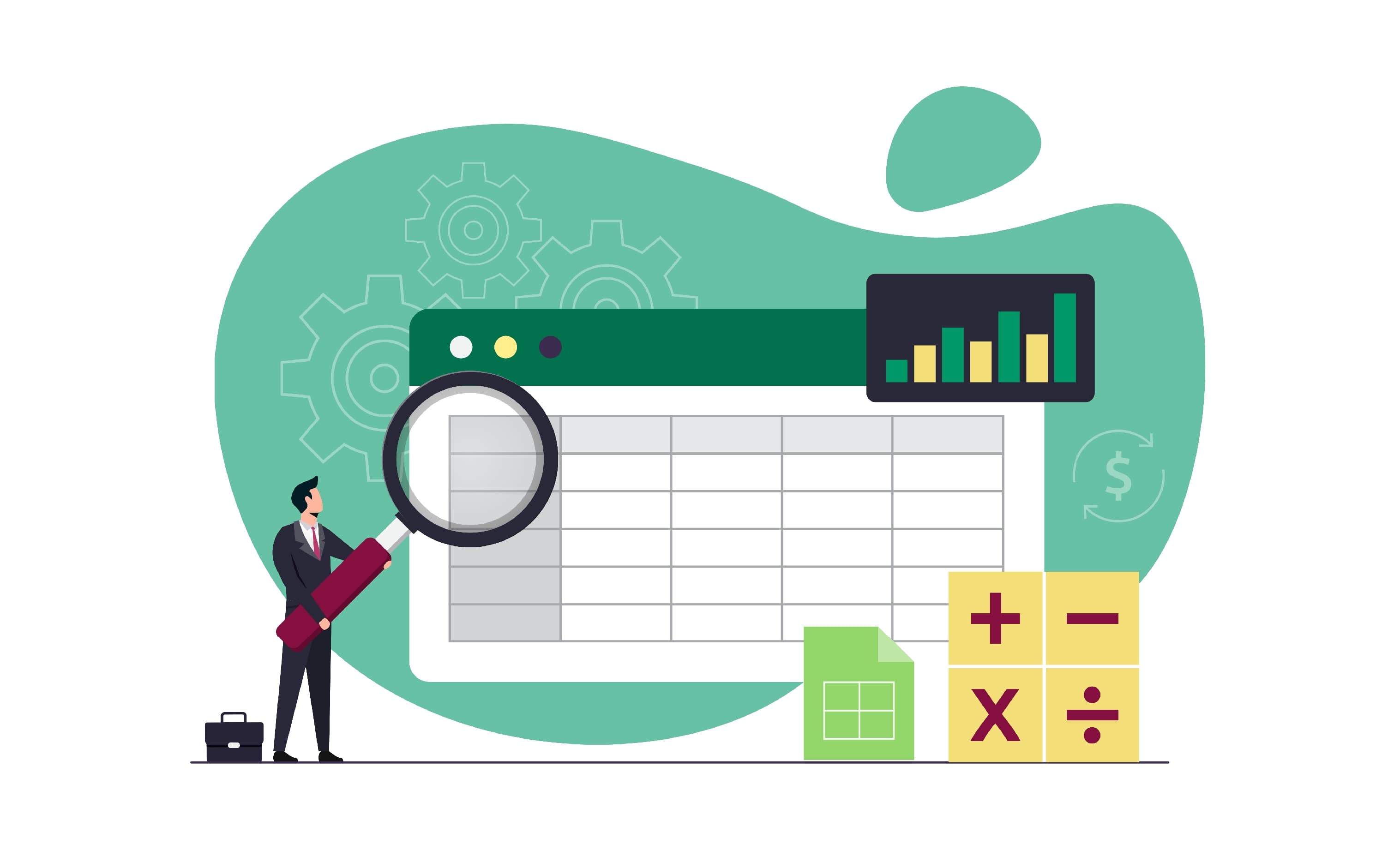
What You Need to Know About Spreadsheets in Higher Ed
Two things are becoming clear as we look at institutions in the 21st century. First, spreadsheet use is almost universal, and second, every study measuring associated errors shows rates that would be unacceptable in any organization. According to research, 71% of organizations depend on spreadsheets for collecting data throughout their business - and 88% of audited spreadsheets contain errors, often significant.
The Spreadsheet Quandary: A Silent Yet Rampant Issue
So why would institutions rely on technology clearly not suited for the complexities of financial reporting? The reasons vary. One is that finance people typically already know how to use spreadsheets, and using them to create financial reports is how it’s always been done. What’s clear at most institutions, however, is that it’s rarely that simple. There’s also the fact that Business Offices often rely on an already over-burdened IT department to get reports out, and it’s not uncommon for it to take weeks and multiple people to complete. The result is wasted time and what experts call an uncontrollable “spiral of spreadsheets.”
Consequences of The Spreadsheet Spiral
The reality of it all has taken its toll, with only 3% of finance people able to sleep soundly. 90% worry about two or more aspects of the reporting process, with another 62% saying their top worry is meeting deadlines. More than half said they worry about whether financial controls are working and whether all the documents reflect the most up-to-date account changes. Beyond that, a whopping 40% don’t even have confidence that their data is always trustworthy, which leads to 46% of senior finance executives worrying about some unexpected error being discovered in a critical spreadsheet.
Piece it all together, and it’s not hard to see why it takes a week or more for 35% of organizations to produce monthly reports, and at least two weeks for 33% to produce quarterly reports. Based on our considerable experience, we suspect the latter two percentages are even larger than reported. It’s not that spreadsheets don’t have their place in today’s Business Office; they do. The problem is that they’re being used for things they weren’t designed for and have been expected to perform complex tasks beyond their abilities.
Unraveling the Real Problem: Spreadsheet Errors
The problem with spreadsheet use is worse than most realize and deeper than surface statistics convey. Research consistently finds that spreadsheet errors are pervasive. Even after careful development, 88% of audited spreadsheets contained errors, often significant. The question is, why?
The answer is that spreadsheet development is analogous to programming, but unlike programming, spreadsheet developers rarely implement disciplines long known to be necessary for software development. Much like programming where code multiplies and errors cascade, spreadsheet users can develop reports with thousands of cells - and unless the percentage of incorrect cells is almost zero, there’s a high probability of bottom-line errors. Almost one in five large organizations has suffered financial losses because of it.
A Deeper Dive Into Spreadsheet Errors: The Human Factor
Digging into the details, we can see more clearly why this is the case. It’s been shown that when humans do simple mechanical tasks, such as typing, they make undetected errors in about 0.5% of all actions. When doing more complex activities, such as writing programs or creating a spreadsheet formula, the error rate rises to about 5%. But the situation is much worse than that. We’ve known for a long time that in tasks containing many subtasks, error rates multiply along cascades of subtasks. In spreadsheets, many bottom-line values are computed through long cascades of numerical and formula cells.
The Drive for Digital Transformation: Hopes & Hurdles
With that said, 69% of CFOs plan to invest more in digital transformation; so, there appears to be hope on the horizon. The bad news is that 63% of them say their teams resist it. No doubt this is partly because only 29% say they can switch their reporting system without causing significant delays in their reports. Since asking IT to help with a new report involves an unacceptable delay, it’s no wonder that finance is caught in a spiral of spreadsheets. Clearly, teams have biases in place, but they also have some legitimate concerns that need to be addressed for executives to move the needle.
Break Free From The Spreadsheet Spiral: Suggestions for Change
We have a few suggestions based on our experience of working with thousands of finance departments.
First, if you’re a new or first-time CFO, use your newcomer status to make changes in the reporting process to ensure confidence in the financials. There’s a certain halo new executives have for a brief time that can be leveraged to make substantive changes smoother.
If you’re a seasoned CFO, educate your team with the data here to create a sense of urgency for real change. There are many resources for this, but a particularly helpful one is John P. Kotter’s book, A Sense of Urgency.
Second, make sure the right technology is in place. Limit the temporary disruption it will cause by selecting an enterprise solution that doesn’t place much demand on an already over-burdened IT department. Not only should connecting it directly to your accounting system be relatively pain-free - thus guaranteeing a single source of truth - but report creation and distribution should be easy enough for the finance team to do without IT. If they can’t, you’re right back to where you started, and people will never stop using spreadsheets for critical reports.
The Future Is Here: Step Into a Spreadsheet-Free Era
As we look to the future, it's clear that we must rethink our tools and processes. We must prioritize investing in robust financial reporting systems that meet our needs and rise above outdated, error-prone spreadsheets. The time is now to chart a course toward a more reliable, efficient, and confident financial future.
Visit the Synoptix website to discover how our innovative enterprise financial reporting system can significantly reduce errors, expedite your reporting process, and deliver the unwavering confidence in your financial data that you deserve. Together, we can transform the narrative from spreadsheet anxiety to assured accuracy. Make the change today and experience the difference tomorrow.
Your journey to confident and efficient financial reporting begins here: www.synoptixsoftware.com.
This blog was authored by David Andersen, Ph.D., President at Synoptix



